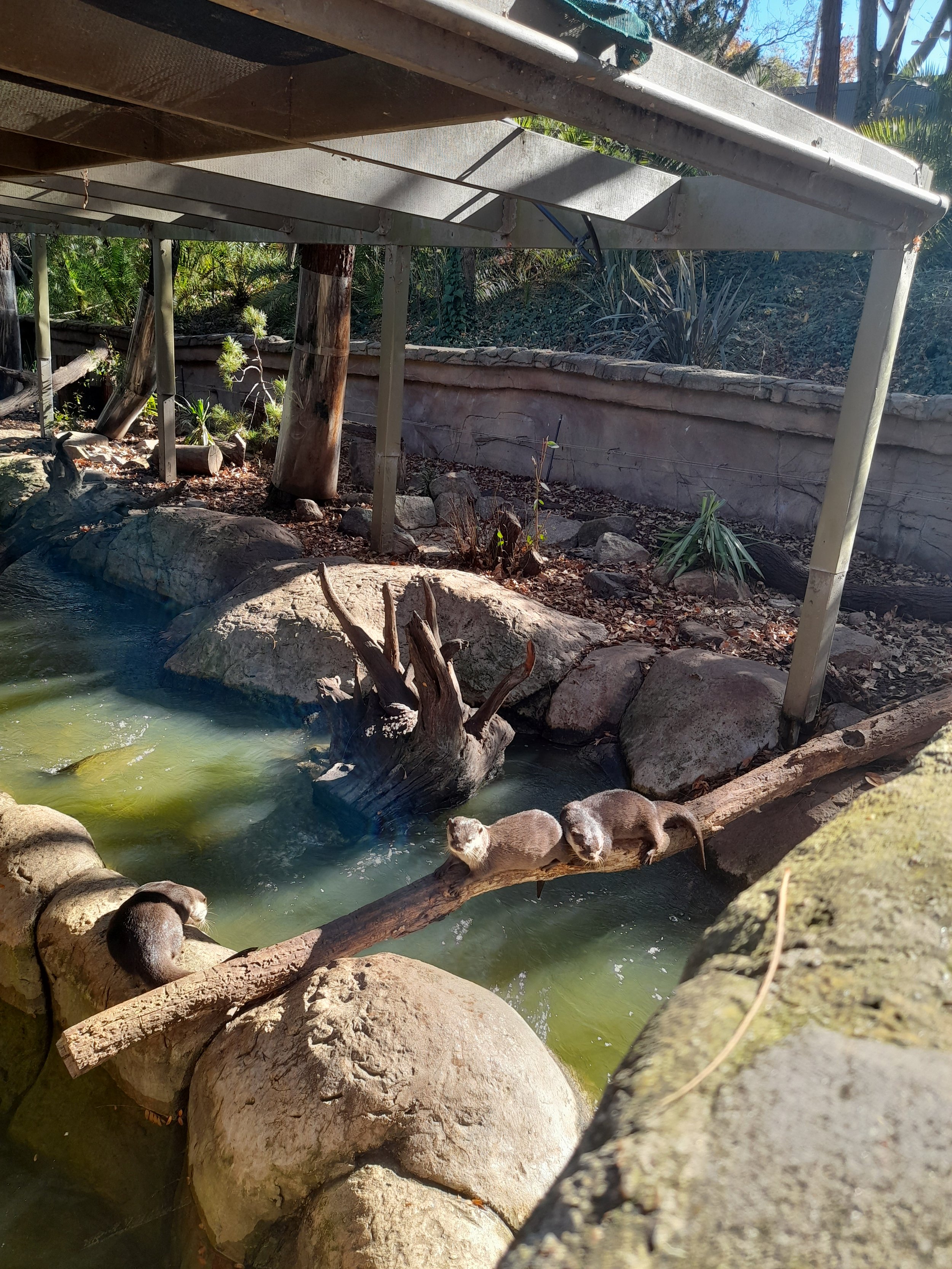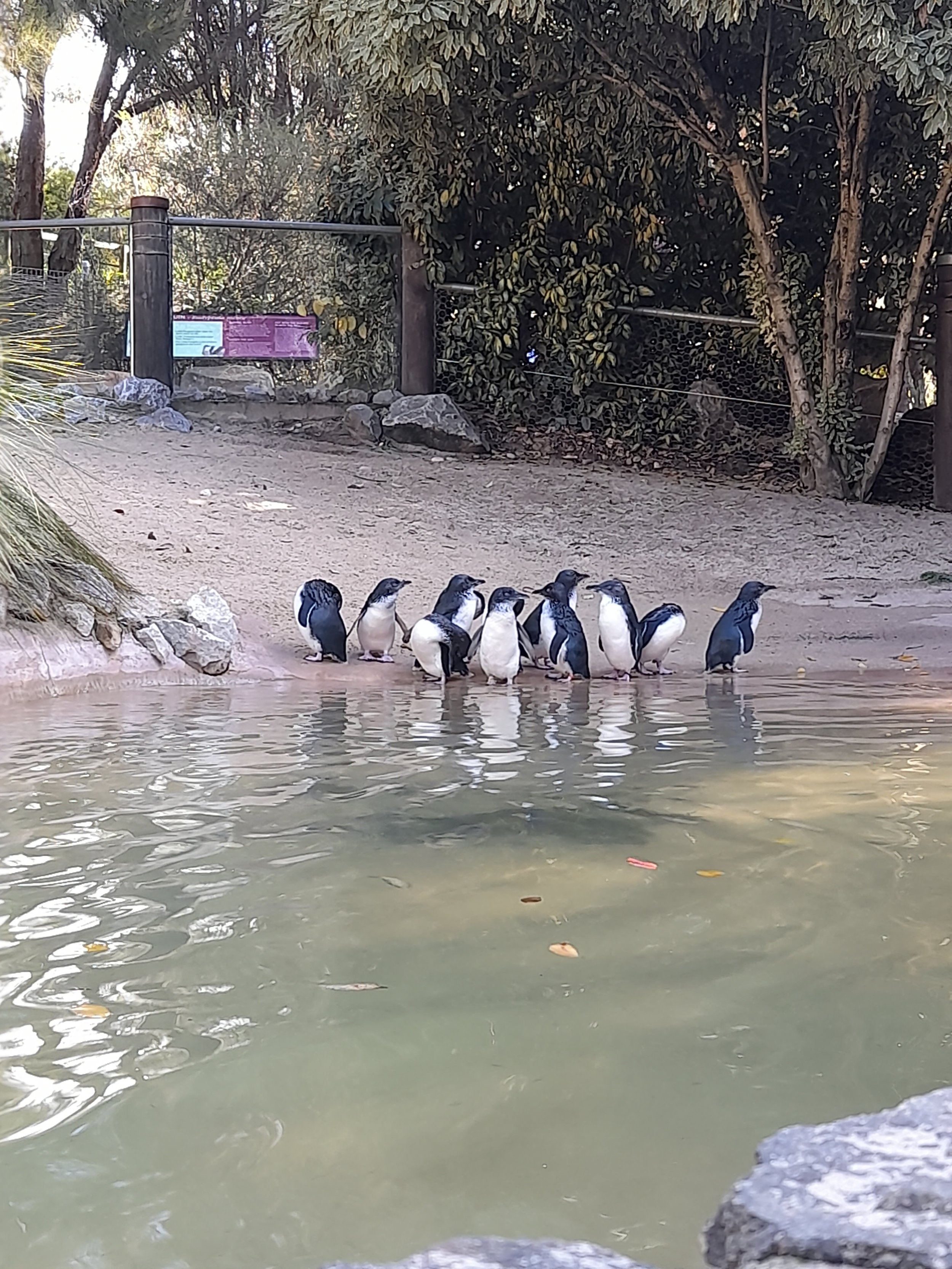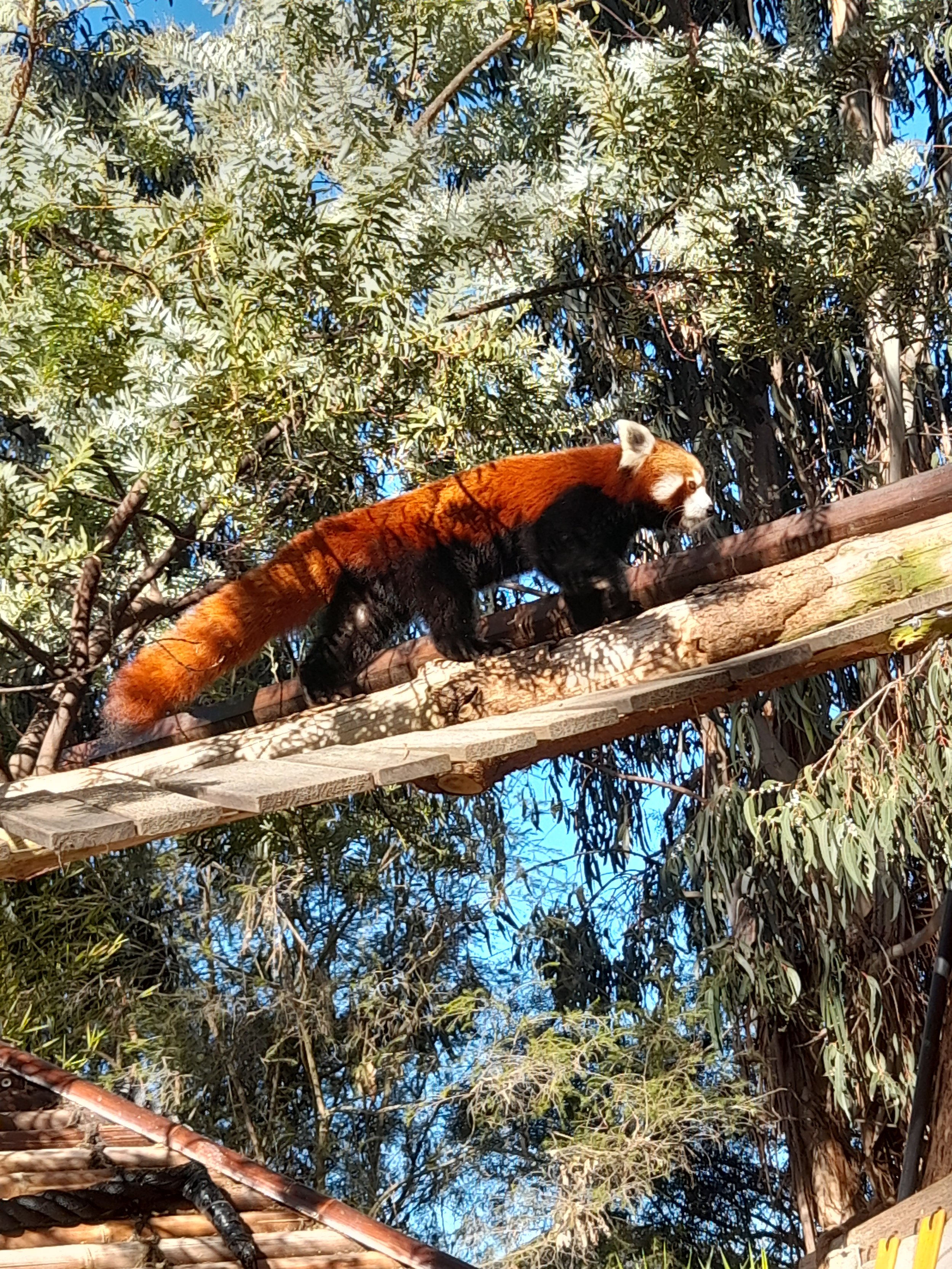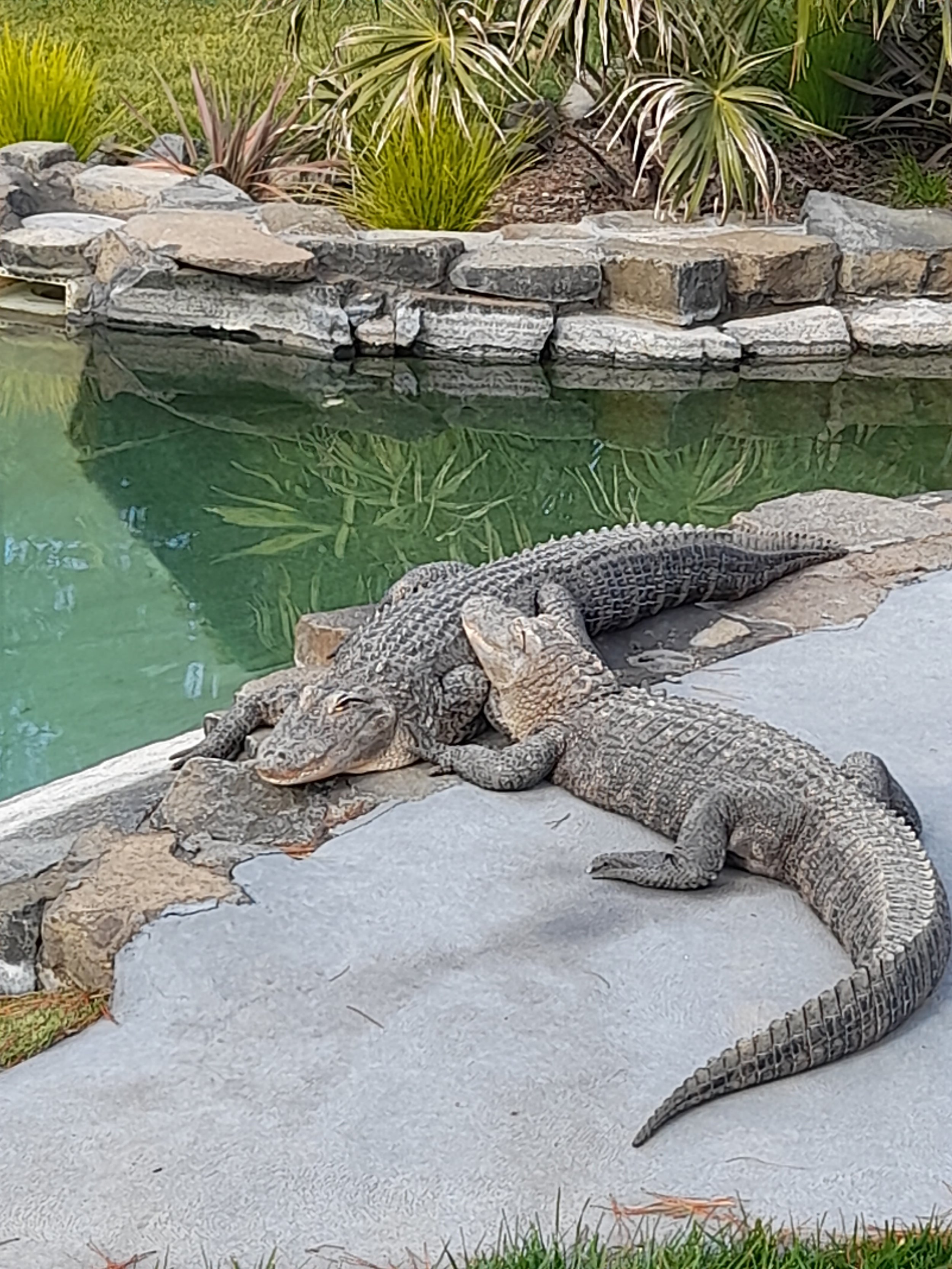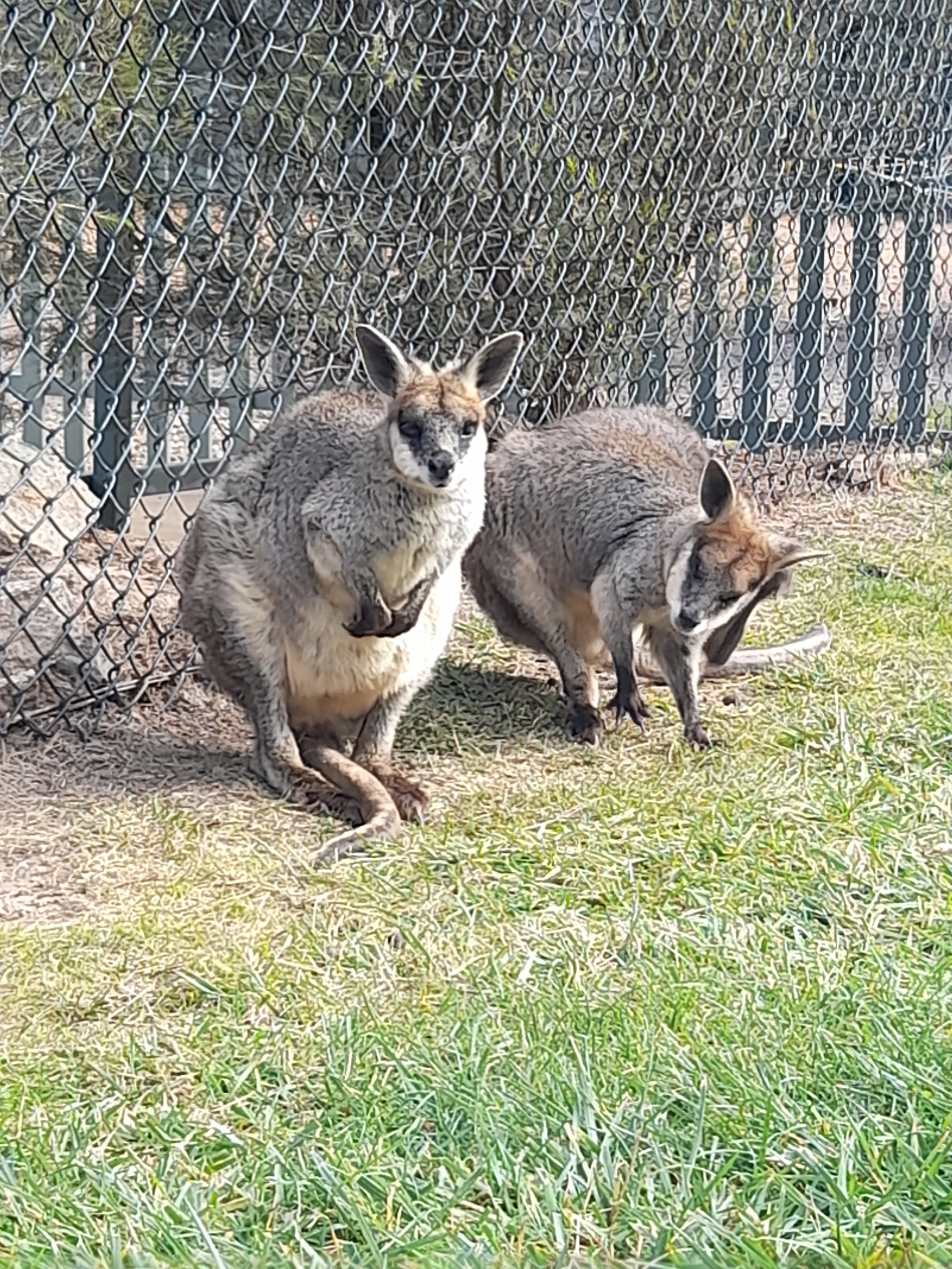A Trip to Canberra Zoo
By Hannah J. Shaw
Hello, I’m Hannah, one of the editors for Curieux Magazine. I’ve been studying at UC for the fourth year of my BA Honours course in Creative and Professional Writing with International Experience. I’m a UK exchange student on placement in Australia from Bangor University, North Wales, UK. As an exchange student, I am always looking for opportunities to experience the Australian culture and fully immerse myself within the environment I am now living in.
Living on campus has made a huge difference to my experience as a student. I feel a lot safer at night with a shorter distance to walk back to my flat and I’ve become more involved in the student community. This is partly due to the events run by the accommodation provider UniLodge.
With a broad range of weekly events, from painting to self-defense classes, there is always something for the residents to try their hand at. A few weeks ago, I walked through one of the UniLodge lobbies and saw a trip to Canberra Zoo advertised. I wanted to learn more about the animals in Australia and was curious to participate in a trip that was enticing for other international students.
At midday on the 26th of May, we boarded the bus to the zoo driven by the always enthusiastic Michael, who chatted with many of the students about the different types of animals available to see.
As a big group of 25, we divided up into smaller groups to begin our self-guided tour of the animals. It was a well signposted park and many of the students enjoyed the optional ‘adventure trails’ otherwise known as the activity of steppingstones to explore the sights. I may have fallen off them at one point in the spirit of childhood nostalgia.
Along these trails was a mixture of international and local animals who had all been bred in breeding programs designed to preserve the species for future generations. I enjoyed reading about the history of Canberra Zoo as I explored the park. Rescuing tightly caged animals from the circus and providing them with a prolonged life in a larger area of land was the inspiration for the beginning of this place. As we strolled by, many of the animals were either asleep in the sun or nestled within the dense bushland. Each one we saw seemed very content in their environment.
My favourite part of the park was the family of otters. I was happy to spend a lot of my time watching them playing in the streams and viewing their fun underwater through the glass viewpoints. Otters are very playful creatures and are sadly decreasing back home in the UK due to the high levels of nitrates in the local rivers killing the wildlife. These nitrates come from harmful pesticides and chemical waste leaking off the land and being dumped into the waterways. Knowing there are places that give animals, like otters, a home where they are safe from these threats allows the species to continue until the problems are reduced and removed from their original environments.
As an international student, I enjoyed seeing my first wombat and learning about the Kangaroo Island Kangaroo. There were also species that I did not know existed such as the Tree Kangaroo. Hearing about the preservation of this species assured me that many steps are being taken by Australia to keep its existing wildlife safe from extinction. Especially when visitors are given information regarding previously extinct wildlife such as the Tasmanian Tiger, a small wolf-like creature that was hunted until it became extinct in its only home of Tasmania.
Overall, I had a lovely day, it was a nice chance to stretch my legs after the long plane journey I’d had the day before. If there was one thing I thought the trip could improve on, it would be the time limit. We ran out of time to view the Aquarium, and I think with a park as big as Canberra Zoo, an extra hour or even half hour added to the trip would have been useful to gain a full experience.
I would like to thank UniLodge for organising this trip and for giving international students the opportunity to experience and support the local community. The preservation of today’s animals is a key part in the future of sustainability, and it was a joy to see a part of it today.


